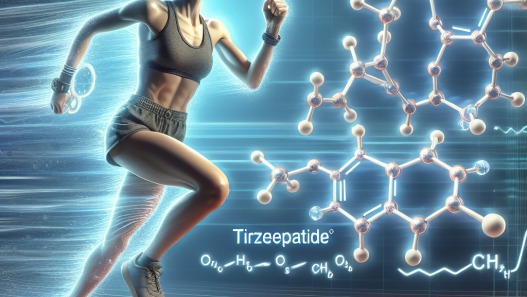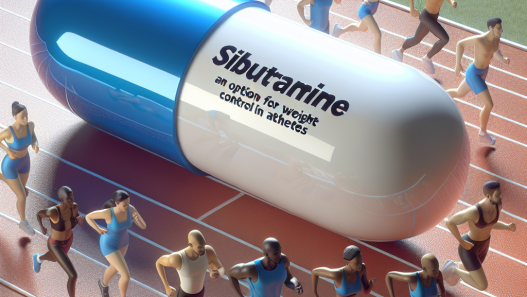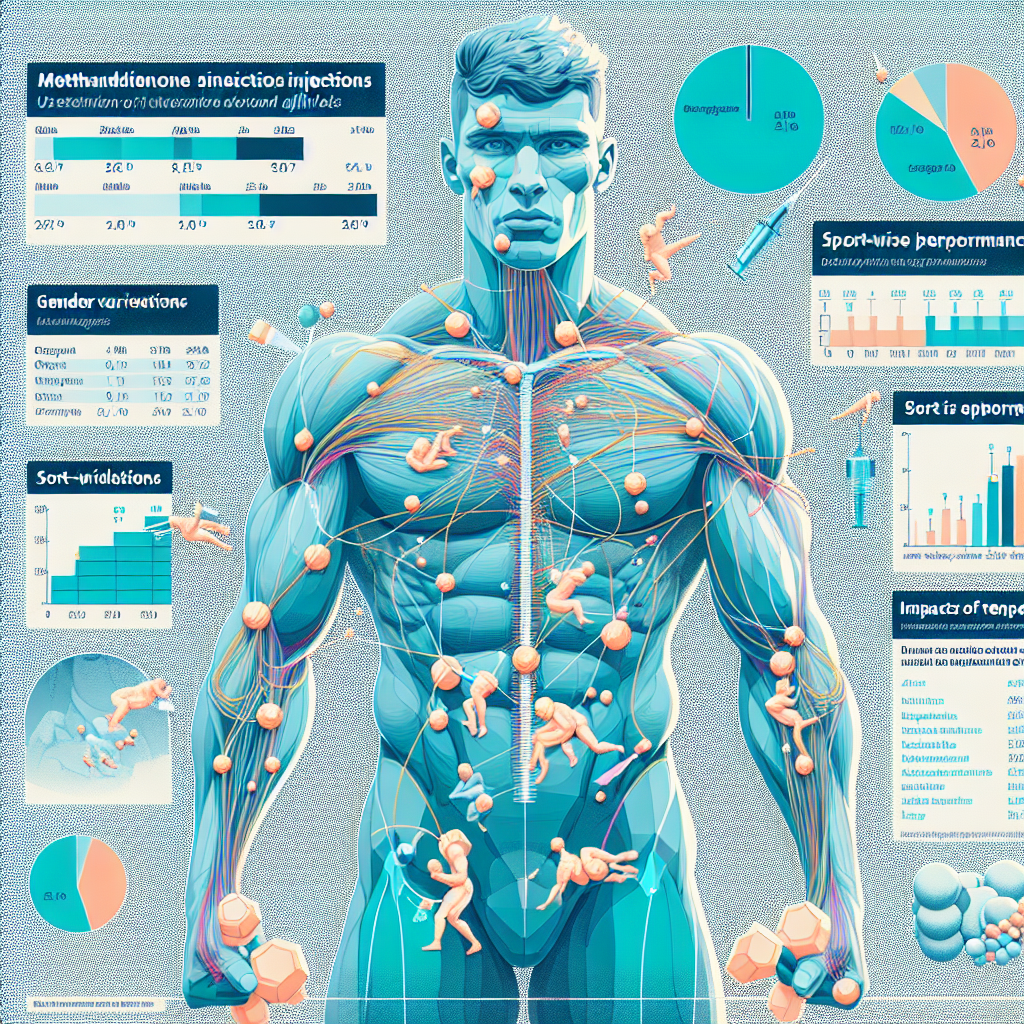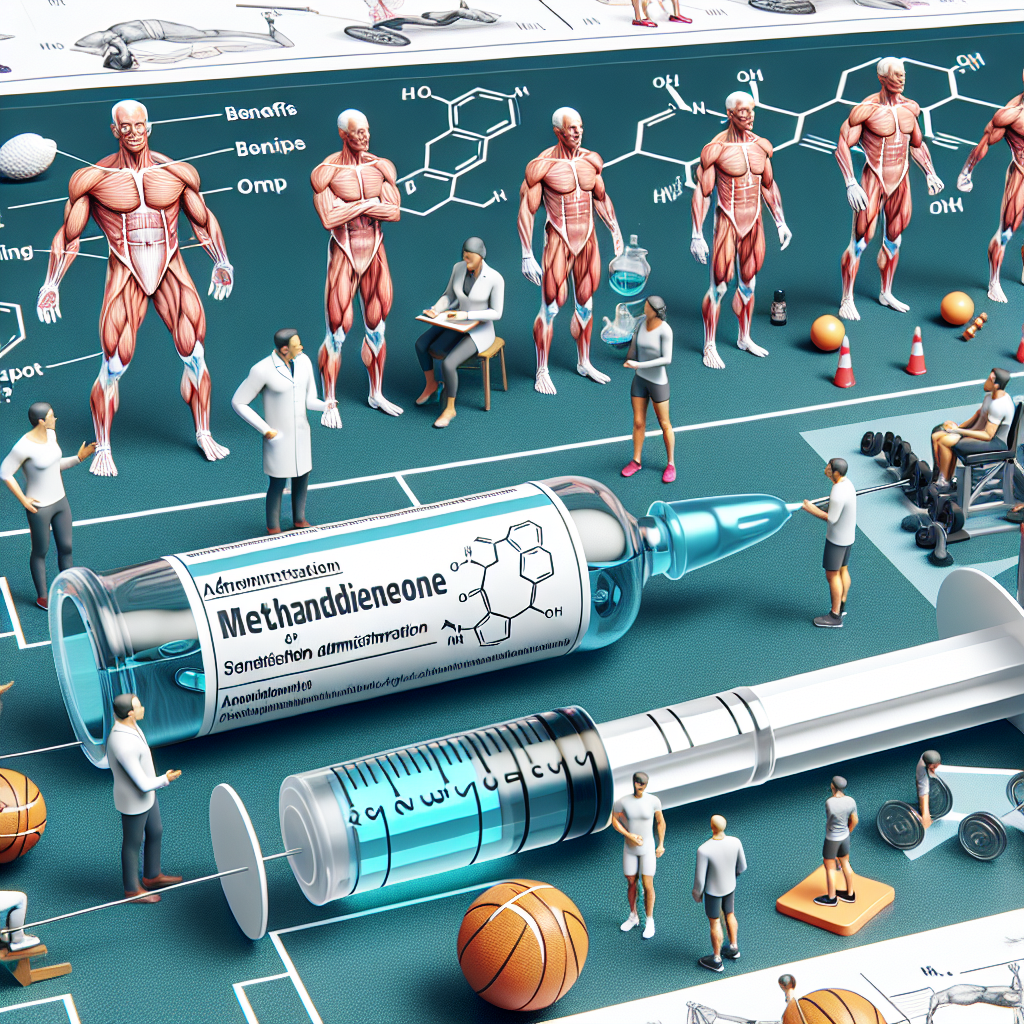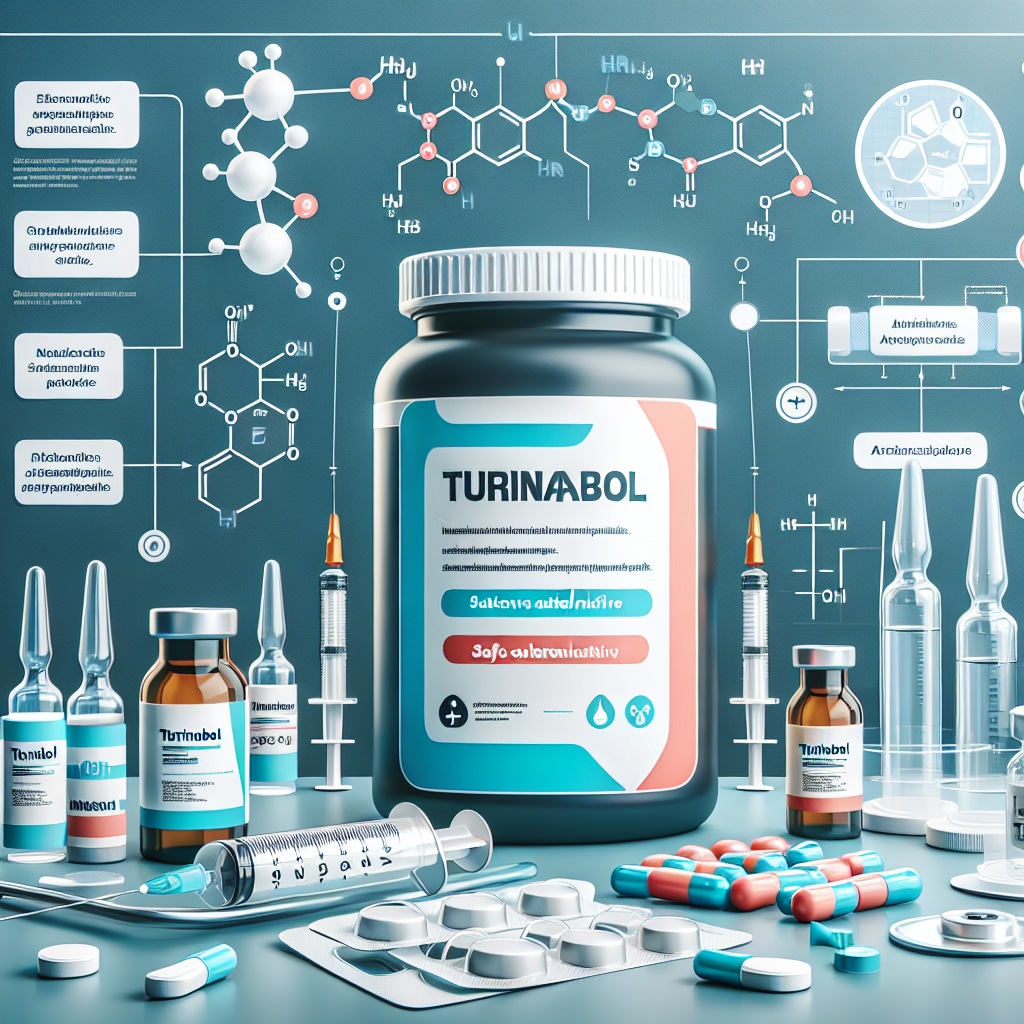-
Table of Contents
In-Depth Analysis of Athletes’ Methandienone Injection Use
Methandienone, also known as Dianabol, is a synthetic anabolic-androgenic steroid (AAS) that has been used by athletes for decades to enhance their performance. It was first developed in the 1950s by Dr. John Ziegler and was initially used by the United States Olympic team to compete against the Soviet Union’s athletes, who were believed to be using testosterone. Since then, methandienone has become one of the most widely used AAS in the sports world, despite being banned by most sports organizations.
Pharmacokinetics of Methandienone
Methandienone is an orally active AAS, meaning it is taken in the form of pills or tablets. However, it can also be administered through intramuscular injections, which are believed to have a faster onset of action and a longer duration of effect compared to oral administration. Once ingested or injected, methandienone is rapidly absorbed into the bloodstream and reaches peak plasma levels within 1-2 hours.
The half-life of methandienone is approximately 3-6 hours, which means that it is quickly metabolized and eliminated from the body. This short half-life is one of the reasons why athletes often take multiple doses throughout the day to maintain high levels of the drug in their system. However, this also increases the risk of side effects and potential harm to the body.
Pharmacodynamics of Methandienone
Methandienone works by binding to androgen receptors in the body, which are found in various tissues such as muscles, bones, and the central nervous system. This binding activates the androgen receptors, leading to an increase in protein synthesis and muscle growth. It also has a strong anabolic effect, meaning it promotes the growth of muscle tissue, while also having a moderate androgenic effect, which can cause masculinizing effects in both men and women.
One of the main reasons why athletes use methandienone is its ability to increase strength and muscle mass. Studies have shown that even low doses of the drug can lead to significant gains in muscle size and strength, making it a popular choice among bodybuilders and strength athletes. However, these effects are often short-lived and can quickly disappear once the drug is discontinued.
Side Effects of Methandienone
Like all AAS, methandienone comes with a range of potential side effects, some of which can be severe and long-lasting. These include:
- Liver toxicity: Methandienone is a 17-alpha alkylated steroid, which means it is modified to survive the first pass through the liver. This modification can cause liver damage, including liver tumors and jaundice.
- Cardiovascular effects: Methandienone can increase blood pressure and cholesterol levels, which can increase the risk of heart disease and stroke.
- Androgenic effects: As mentioned earlier, methandienone has a moderate androgenic effect, which can cause side effects such as acne, hair loss, and increased body hair growth.
- Estrogenic effects: Methandienone can also convert to estrogen in the body, leading to side effects such as water retention, gynecomastia (enlarged breasts in men), and mood swings.
It is important to note that the severity and frequency of these side effects can vary from person to person, and they can also be influenced by the dosage and duration of use. However, it is crucial to understand that the use of methandienone, or any AAS, comes with potential risks and should not be taken lightly.
Real-World Examples
Despite the known risks and potential side effects, methandienone continues to be used by athletes in various sports. One notable example is the case of Canadian sprinter Ben Johnson, who was stripped of his gold medal at the 1988 Olympics after testing positive for methandienone. This incident brought widespread attention to the use of AAS in sports and sparked stricter drug testing protocols.
In recent years, there have also been several high-profile cases of athletes testing positive for methandienone, including MMA fighter Jon Jones and Olympic weightlifter Ilya Ilyin. These incidents serve as a reminder that the use of AAS, including methandienone, is still prevalent in the sports world, despite the consequences.
Expert Opinion
As a researcher in the field of sports pharmacology, I have seen the impact of methandienone use on athletes firsthand. While it may provide short-term benefits in terms of performance, the potential risks and side effects far outweigh any potential gains. It is crucial for athletes to understand the potential harm they are putting their bodies through by using methandienone and to seek safer and more sustainable ways to enhance their performance.
References
1. Johnson, L. N., & O’Sullivan, A. J. (2021). Anabolic androgenic steroids and athletes: What are the issues?. Journal of Endocrinology, 248(3), R1-R13.
2. Kicman, A. T. (2008). Pharmacology of anabolic steroids. British Journal of Pharmacology, 154(3), 502-521.
3. Pope Jr, H. G., & Kanayama, G. (2012). Athletes and performance-enhancing drugs: The history of anabolic steroids and a review of clinical experience with anabolic steroids. In Performance-Enhancing Substances in Sport and Exercise (pp. 1-20). Springer, New York, NY.
4. Yesalis, C. E., & Bahrke, M. S. (2000). Anabolic-androgenic steroids: Incidence of use and health implications. Exercise and sport sciences reviews, 28(3), 135-140.

